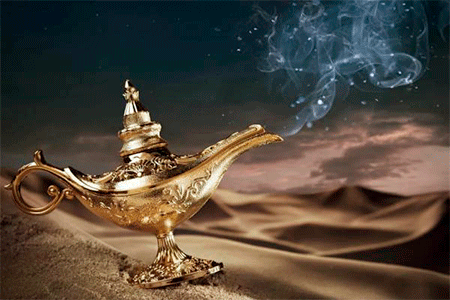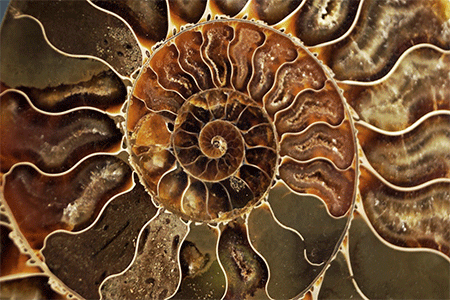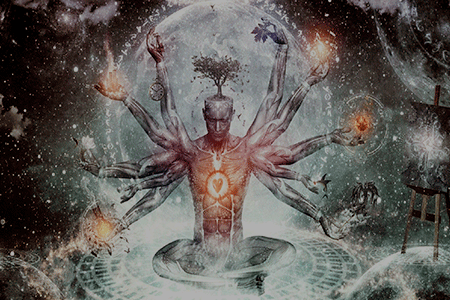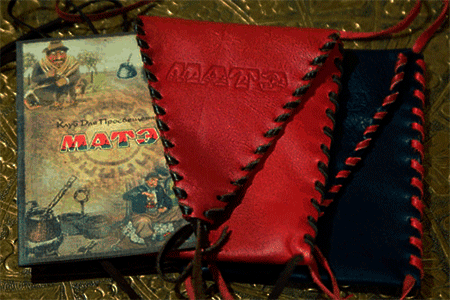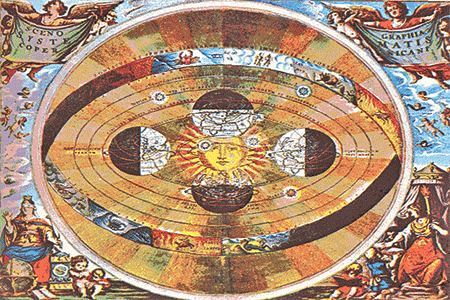All about Yerba Mate. History.
 |
History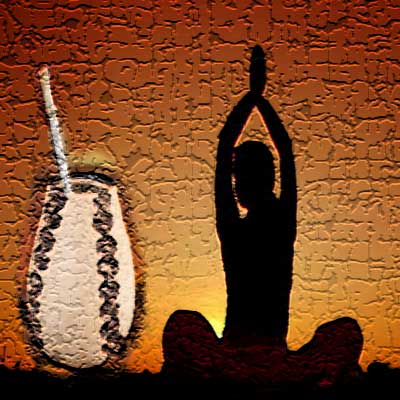 In South America, yerba mate is mainly consumed as “mate”. This was the main way the Guaraní consumed it as well (although they also chewed the leaves). The beneficial properties attributed to this plant as well as the energy boost effect, made it very popular among the Spaniards to the extent that the Jesuits, when establishing their missions, saw it as a very profitable business and decided to cultivate it. They succeeded in doing so, establishing a flourishing trade. Their production reached different points of South America and was also exported to Europe, hence the name this infusion acquired was Jesuits´ tea. The Jesuits were expelled from the continent in 1769. It took more than a century to rediscover the tricks to taming this evergreen, turning it into a crop. The first person who managed to germinate a yerba seed in modern times was Federico Neumann in the “Nueva Germania” (New Germany) colony in Paraguay. The first systematic, rational plantation was established in San Ignacio (Misiones, Argentina) in 1903, in the same region the Jesuits had set up as their own. The production of yerba mate today is an important part of the economy of the region. |
 |
|
|
Влияет ли Луна на проведение ритуалов матэ и на организм человека?
Представления индейских народов о том, что тайные ритуалы, связанные с йерба матэ, дают особые магические силы и способности, видимо, не лишены основания. Как оказалось, матэ очень активно влияет на центры эндокринной активности. В частности, матэ является стимулятором эпифиза и таким образом способствует выработке мелатонина. По мнению многих исследователей, этот гормон играет значительную роль в психических способностях человека, поэтому матэ называют «третьим глазом» и «вратами и божественному духу».
